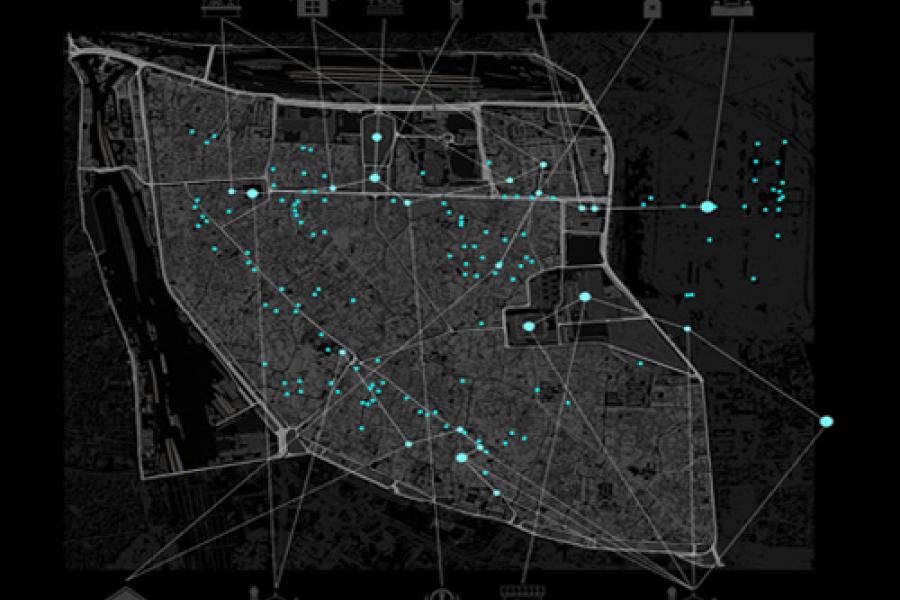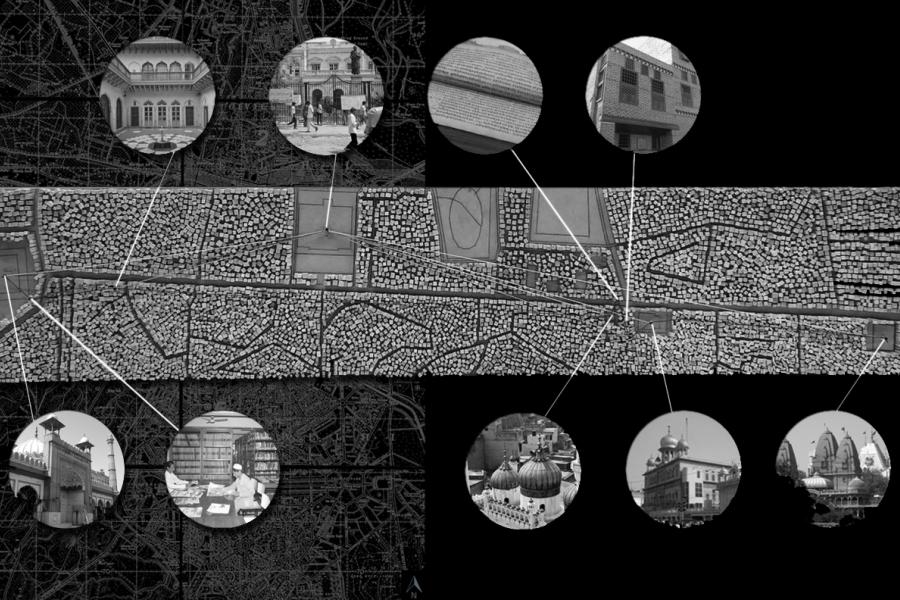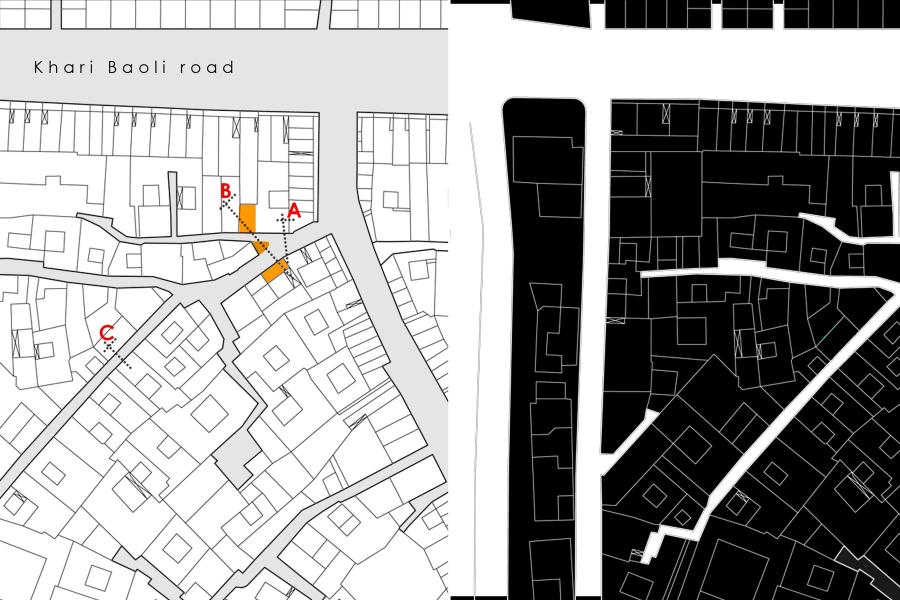Sakshi Malik
Advisor: Lisa Landrum







Restructuring the Bricks of the Walled City
The word “utopia” stems from the Greek ou-topos—which means “no place” or “nowhere”—but also refers to eu-topos, meaning ‘a good place.’ A ‘good place’ means different things to different people (place that offers more security; encourages work life balance; alleviates forced child labor; increases opportunities for women; and fosters an egalitarian society). Utopian masterplans of cities have been put together by numerous architects over the ages attempting to create dream cities of the future based on what is desirable.
Cities are platforms for cultural, social, physical and economical co-existence. Many traditional cities of India have transformed into complex, fragmentary patterns of urban development due to their failure to support the continuously increasing population and new trends of urbanization. One of these cities, Shahjahanabad (commonly known as Old Delhi), is a perfect example. The walled city of Shahjahanabad had grown along formal geometries of axial planning and was later transformed into a chaotic hub of complex form. British colonialism consciously neglected that part of the city. This neglect was followed by endless problems generated by mass immigration during post-independence partition.
Shahjahanabad is characterized by specialized bazaars and indigenous neighbourhoods known as Mohallas, which developed around religious sanctuaries. Mohallas were 17th-century Mughal concepts linked to the historical process of urbanization and introduced as residential units that served as a self-sustaining community and local crafts economy. Although the traditional core is still known for its local economy, the inner city deals with a serious problem of traffic congestion and excessive commercialization.
This thesis aims to revitalize Shahjahanabad. This intention is to alleviate the inner-city issues and problems of the walled city, caused largely by its isolation from the rest of city. This will be done mainly through an overall urban analysis, identification of weaker points, introduction of more equitable and playful spaces and careful design interventions by introducing an informal school informed by the market and ideas of informal exchange within the different sections of the neighbourhood (mohallas).
